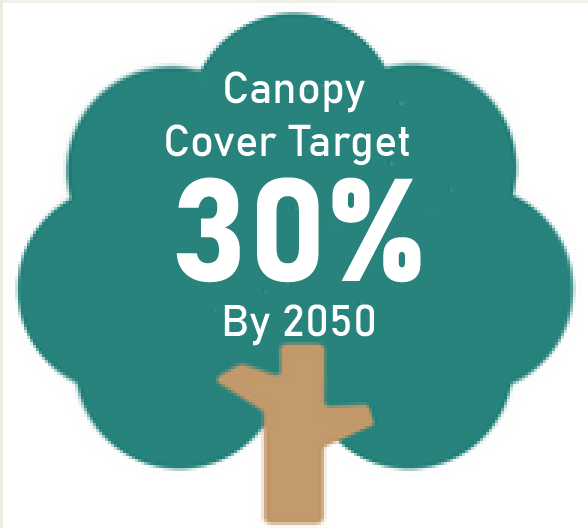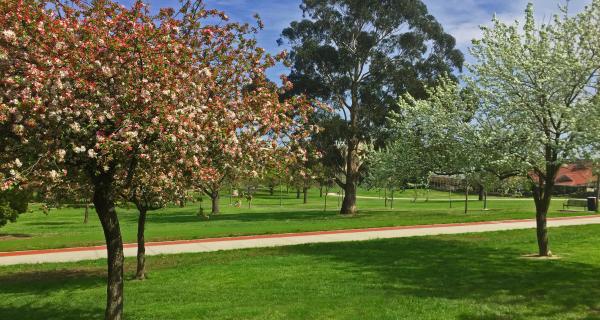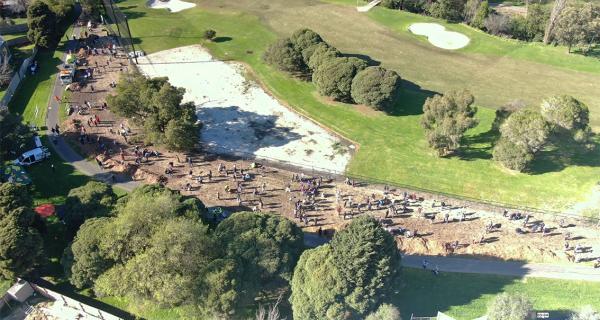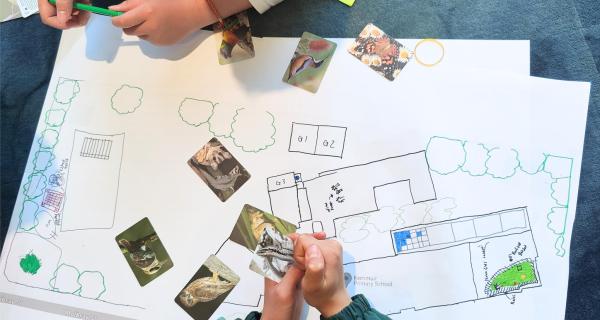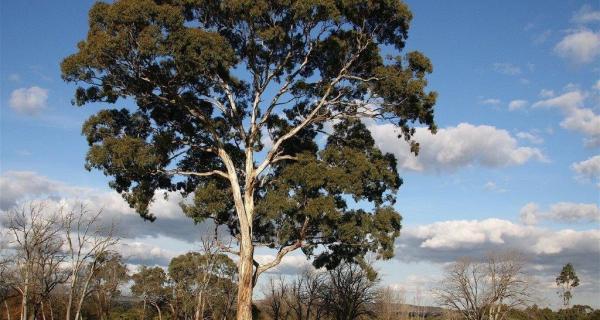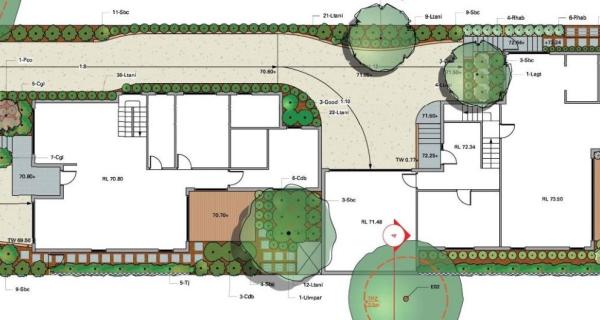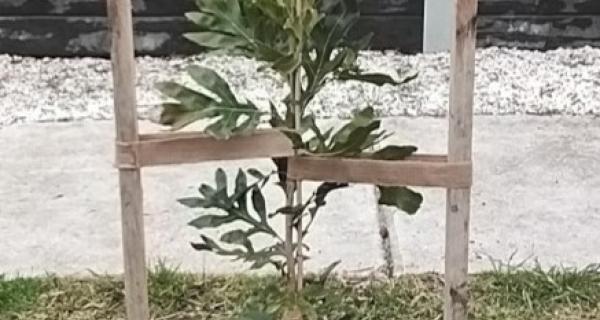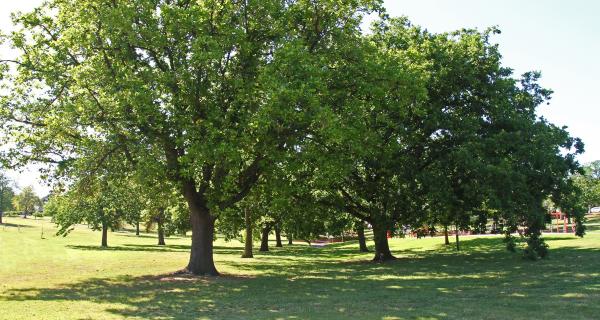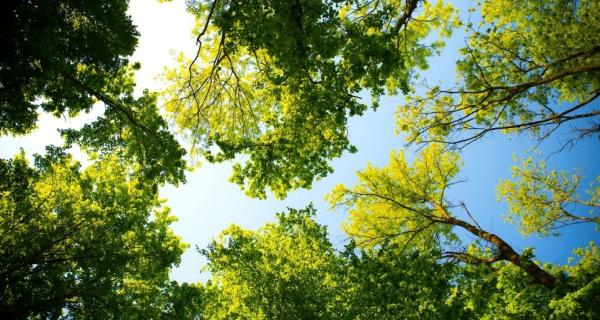Whitehorse City Council values the important contribution of trees and vegetation in making the municipality a vibrant place to live, work and visit.
An 'Urban forest' includes trees, shrubs and groundcovers along with the soil and water they depend on within both public and private land. It provides several benefits including:
- Shading and cooling during summer
- Water retention reducing the risk of flooding
- Improved community connectedness and wellbeing
Urban Forest Strategy
Council’s endorsed Urban Forest Strategy sets out the actions we will take to increase tree canopy cover in Whitehorse.
Tree canopy cover is the amount of trees covering the ground when viewed from above. Reaching our targets and delivering on our actions involves working collectively throughout Council, with external organisations and alongside the community.
The strategy aims to achieve canopy cover of 30% in Whitehorse by 2050.
Vision and Objectives
The strategy’s vision is ‘a diverse, healthy and resilient urban forest’ and it outlines five key objectives:
- Protect the urban forest across private and public land
- Expand the urban forest and adapt to climate change
- Enhance biodiversity
- Build community capacity to learn from each other, protect and enhance the urban forest
- Build on Council's knowledge base
See what's happening to enhance and improve our urban forest
Our Urban Forest Dashboard
We’ve been working on an interactive dashboard to provide the community access to information on our trees. Visit the dashboard to find out more on the trees and works within the City of Whitehorse.
National Tree Day 2025
In 2025, Council planted in Wurundjeri Walk in Blackburn South. Find out more about National Tree Day and view the comparison of our 2023 and 2024 efforts to increase canopy cover and vegetation in our green corridors.
Biodiversity Mapping Workshop Success for Students
173 students participated in a hands-on workshop designed to inspire action to increase the biodiversity at their homes and schools.
Council Uses Lidar to Monitor Canopy Cover
Measuring our tree canopy cover is an important part of monitoring our urban forest, mitigating climate change, and improving biodiversity. Find out how we used lidar to monitor canopy cover.
Good Landscape Design Guide
Our Good Landscape Design Guide will assist small scale developers and homeowners with planning permit applications to develop a suitable landscape design for your development.
Street tree species trials
As part of our efforts to expand our urban forest did you know we are trialling new tree species to strengthen our urban landscape and support our urban forest to become more climate resilient.
Council continues its advocacy for permanent tree controls
One of Council’s highest priorities is to protect the urban forest on both private and public land. Read the latest news on (SL09) tree controls.
Urban Forest Strategy Actions Progress Update
Our Urban Forest Strategy (UFS) was endorsed in September 2021. Since this endorsement we’ve been implementing the Action Plan and recently provided an update to Council on the progress to date.








